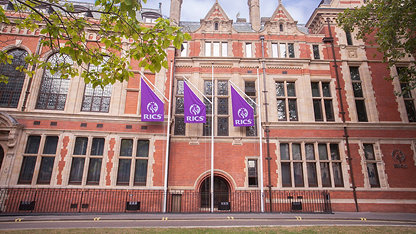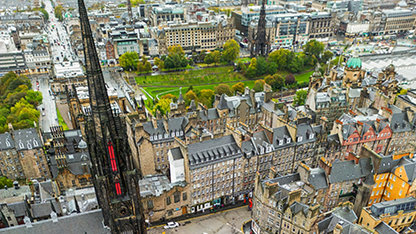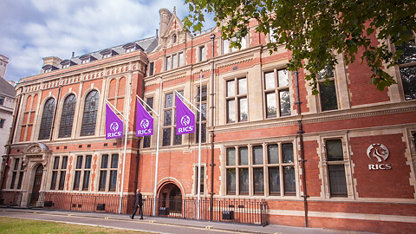Tackling the root cause of homelessness begins with building more affordable housing, argues Nicholas Pleace, director of the Centre for Housing Policy at the University of York.
Rough sleeping is the most visible manifestation of homelessness but, like an iceberg, we see only its tip. To tackle the bulk, we can and must repackage welfare spending so we build homes to accommodate those affected.
In England, there were 4,751 people sleeping rough at the last count, but there were 79,200 statutorily homeless households in temporary accommodation, including 121,980 children.
Government initiatives to reduce rough sleeping are commendable, but do little for the “invisible” majority of homeless people – those forced to “sofa surf” between friends’ homes, or live in insecure and low-standard temporary accommodation. The latter can be cramped and poor quality, and the effect is detrimental on children who have no settled, private space.
“Poverty and the housing market are to blame. There can be references in debates to how homelessness “can happen to anyone” but, in practice, it happens to poor people.”
Poverty and the housing market are to blame. There can be references in debates to how homelessness “can happen to anyone” but, in practice, it happens to poor people. Often they are poor across the course of their lives and, if you look at the US, France, Australia, and other places, you’ll see that this is not unique to the UK.
In the UK, the welfare system and social housing prevent far greater homelessness. There have been cuts to housing benefit and the housing element of universal credit, but if those weren’t there, it would be far worse.
Unlike the US, we don’t really have people in work that still cannot afford anywhere to live – but we do have areas where it is very difficult for homeless people to get housed. In London and south-east England, for example, a homeless family may wait years to be allocated an affordable home, whereas in some economically depressed areas, they might get the keys in just a few weeks.
But we can rapidly build homes that will help homeless people. Temporary buildings could be used as interim accommodation, but a more permanent solution lies in innovations such as modular housing, which can be built quickly and provide higher standards. In doing so, it’s also important that homeless people are not moved into dangerous neighbourhoods, or into small, substandard homes designated solely for their use, which might stigmatise them further.
Innovative homelessness projects
Skid Row Housing Trust, US
This Los Angeles-based charity offers 1,800 affordable and permanent houses to homeless people, along with on-site medical care for mental and physical health.
PAAVO, Finland
An initiative that provides the homeless with affordable housing on a permanent lease. Its success has led Finland to be the only country in Europe to lower homelessness rates.
Help Bristol’s Homeless, UK
This charity looks for innovative ways to house homeless people. A group of converted shipping containers and a transformed bus are two of their projects.
We can afford these builds. The cost of temporary accommodation for statutorily homeless households in London alone is about £600m or so per year. These funds can be used to buy land and build affordable housing of good quality and design, and with sufficient space. However, while short-term solutions can help, we need to avoid treating those who experience homelessness as undeserving of a permanent, adequate, affordable home.
Once people do have a settled home, you can start on social and economic reintegration, which is difficult to achieve when people are not settled. Some individuals can have more complex problems, like addiction, but for most, homelessness is simply the result of poverty, and social and economic marginalisation.
Ultimately, if we put the money spent on support into housing people permanently in good-quality social and affordable homes, it would bring better results – but that requires strategic and political decisions.
- Professor Nicholas Pleace is the director of the Centre for Housing Policy at the University of York.
This article originally appeared in the January 2019 edition of Modus.













